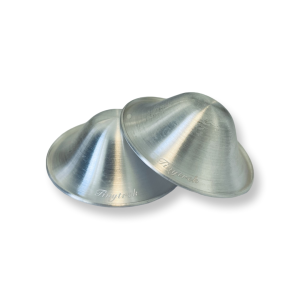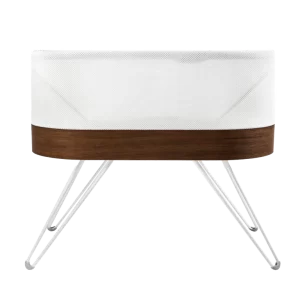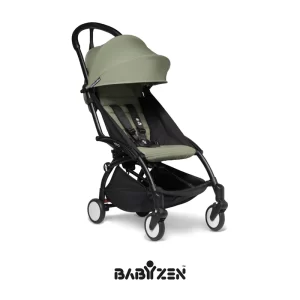Understanding the Transition from SNOO Smart Sleeper to Sleeping Away from Home
As parents, we understand how precious sleep is for both you and your little one. The SNOO Smart Sleeper Bassinet has been a lifesaver for many families, helping babies—and consequently their parents—get more restful nights. But what happens when you’re away from the familiar confines of your home, and more importantly, away from the SNOO? Let’s dive into the considerations and tips for helping your baby sleep away from home, even if they’re accustomed to the soothing comforts of the SNOO.
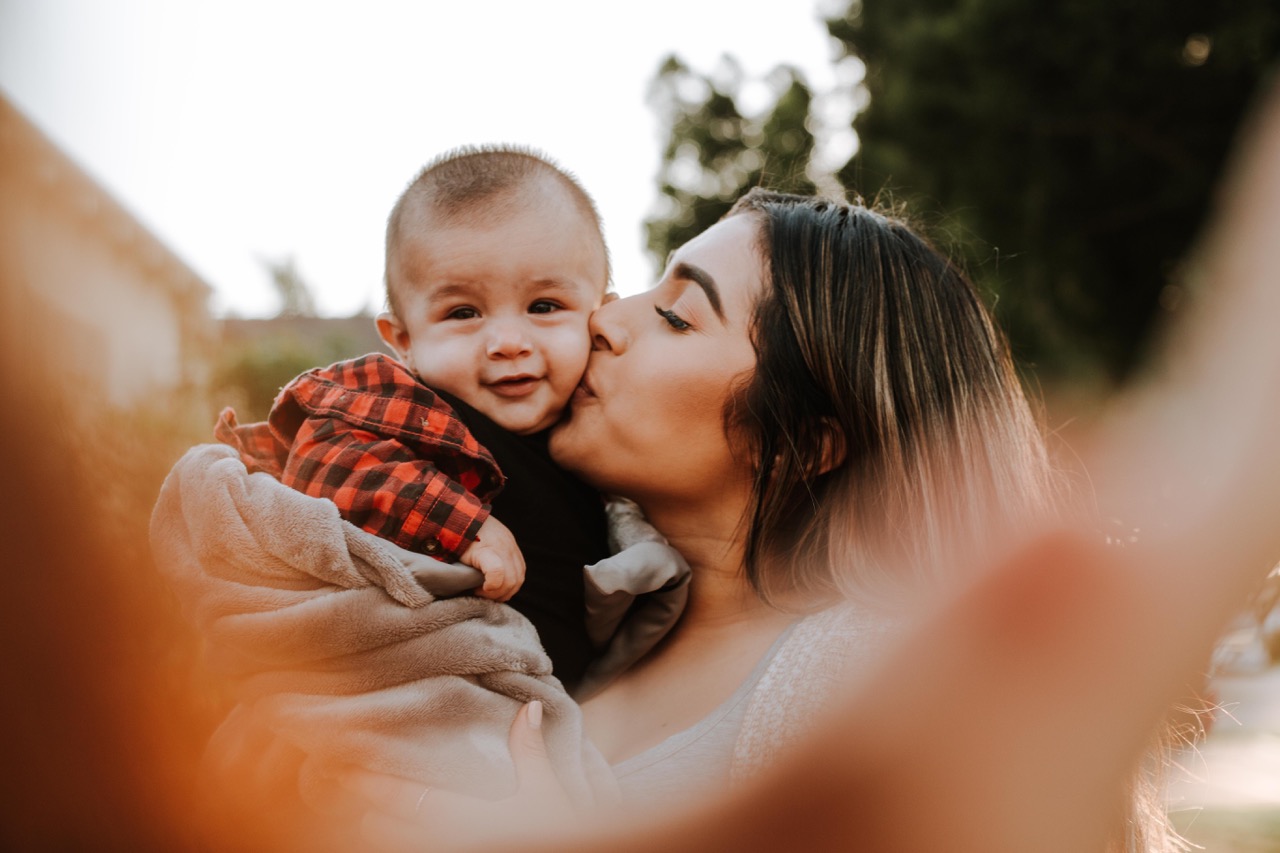
Why the SNOO Works So Well
The SNOO Smart Sleeper, designed by Dr. Harvey Karp, is not just a bassinet; it’s a responsive sleep solution that uses gentle rocking, white noise, and snug swaddling to improve sleep for babies. These features are based on Dr. Karp’s ‘5 S’s’ technique, aiming to mimic the comforting environment of the womb.
Can Babies Become Too Reliant on the SNOO?
It’s a common question among parents: “Will my baby only be able to sleep in the SNOO?” While the SNOO offers a fantastic environment for sleep, it’s designed with a weaning feature to ease the transition to a crib. However, there may be an adjustment period, especially if you’re travelling or staying overnight away from home.
Tips for SNOO Babies Sleeping Away from Home
- Replicate the SNOO Environment: Try to create a similar sleep setting by using white noise and swaddling, even if you can’t replicate the motion.
- Practice Before You Go: If possible, help your baby get accustomed to sleeping in a different environment, like a portable crib, before you travel.
- Bring Familiar Items: A familiar swaddle, sleep sack, or a sheet from home can provide comfort through familiar scents and textures.
- Stick to Routines: Maintain your usual bedtime routine to signal to your baby that it’s time for sleep.
- Be Patient: Understand that it may take a night or two for your baby to adjust to a new sleep space.
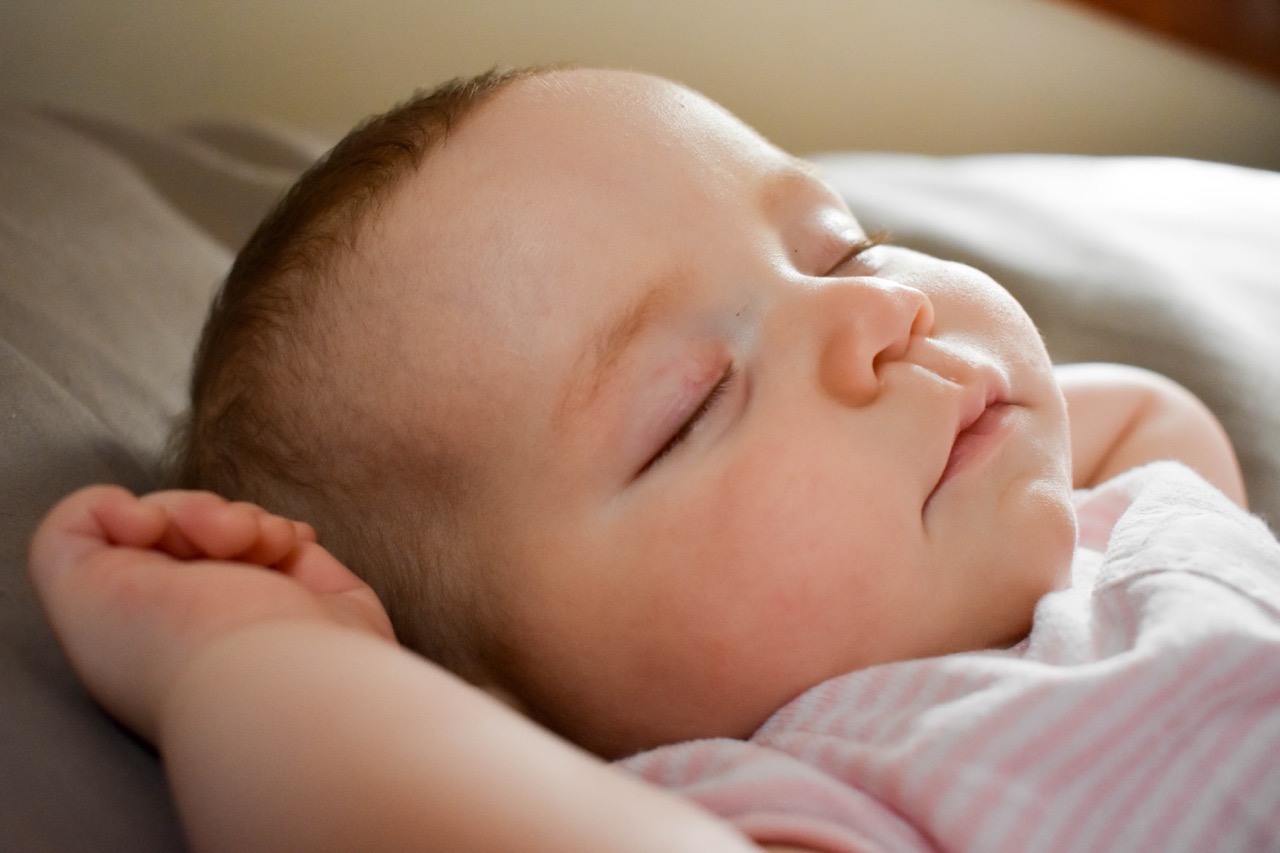
Is There Evidence of SNOO Dependency?
While some parents worry about their child becoming too reliant on the SNOO, the bassinet’s design includes a weaning feature to help ease this transition. The SNOO is intended for use up to six months of age, and by gradually reducing the motion and sound, parents can prepare their little ones for sleeping in a still, quiet crib. Limited research suggests that babies can adjust well after using the SNOO, though every child is unique.
Customer Experiences with Transitioning from the SNOO
Many customer reviews, like those from Tom P. and Rose B., highlight the positive impact the SNOO has on their baby’s sleep at home. However, Janette’s experience suggests that while there is an adjustment period, consistent use can help the baby adapt to the SNOO and potentially other sleep environments.
Renting the SNOO for Travel
If you’re planning to travel and are concerned about your baby’s sleep, consider renting a SNOO from services like Tiny Trek Rentals for your destination. This way, you can maintain the sleep environment your baby is used to without the hassle of transporting your own.
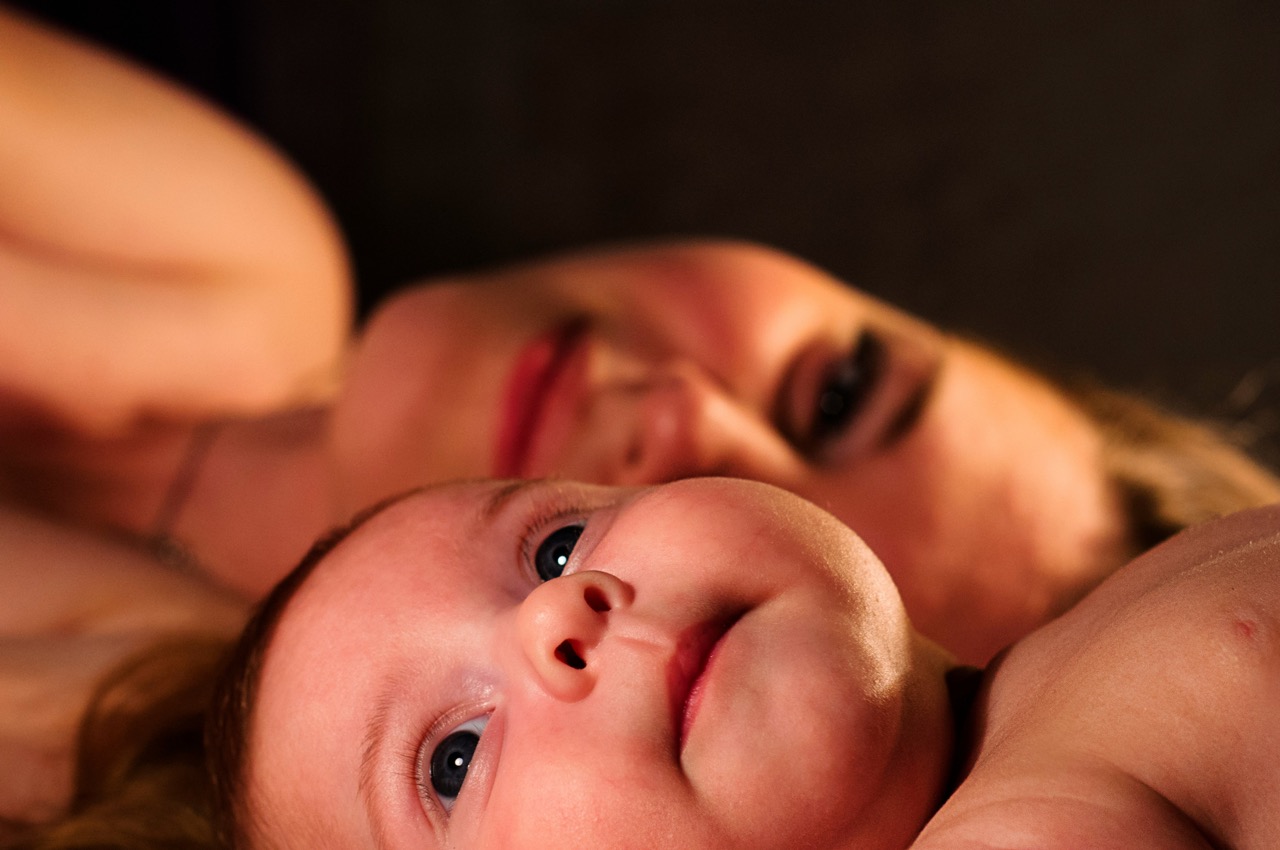
Conclusion
Ultimately, while the SNOO Smart Sleeper provides an excellent foundation for healthy infant sleep, it’s also designed to help your baby transition smoothly to more typical sleep settings. With a bit of preparation and patience, your little one can rest well both at home and away, ensuring sweet dreams wherever you are.
Remember, every baby is different, and what works for one may not work for another; but with the SNOO’s thoughtful design and your loving care, you’re well-equipped to handle the sleep challenges that travel may bring.
For more information on the SNOO Smart Sleeper and how to ensure a smooth sleep transition for your baby, visit us at Tiny Trek Rentals and explore our range of baby-friendly rental options.
